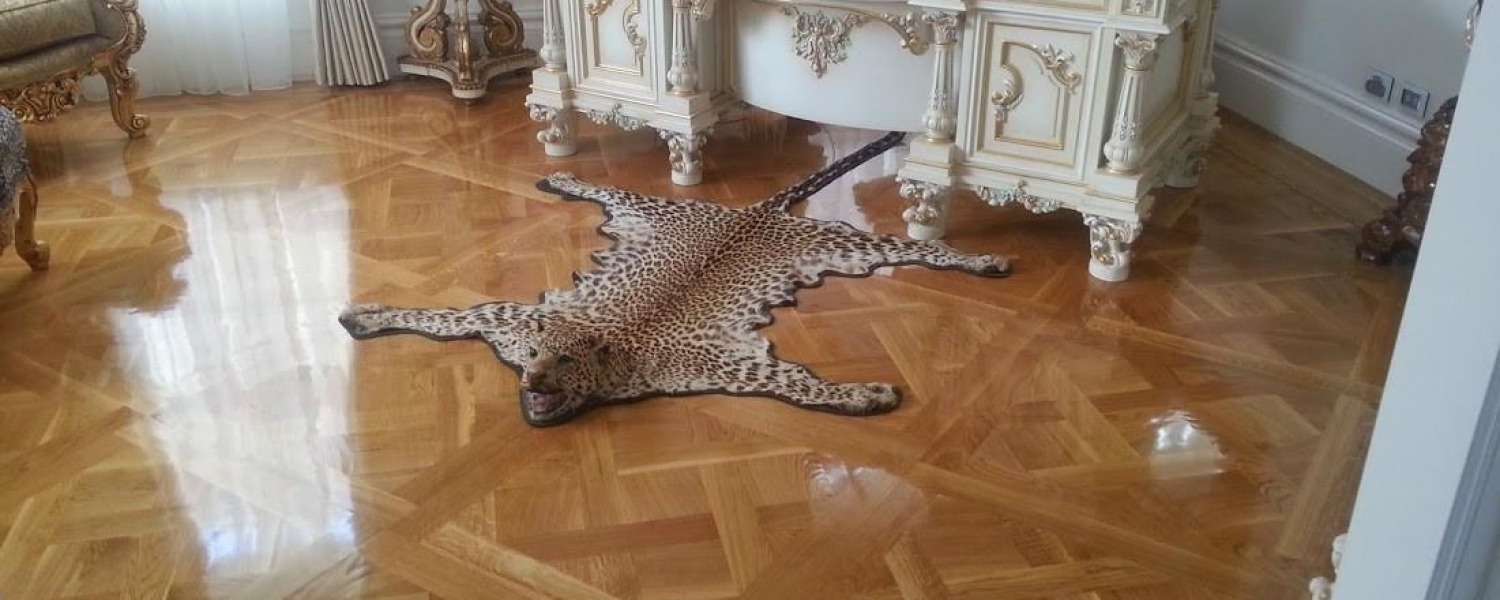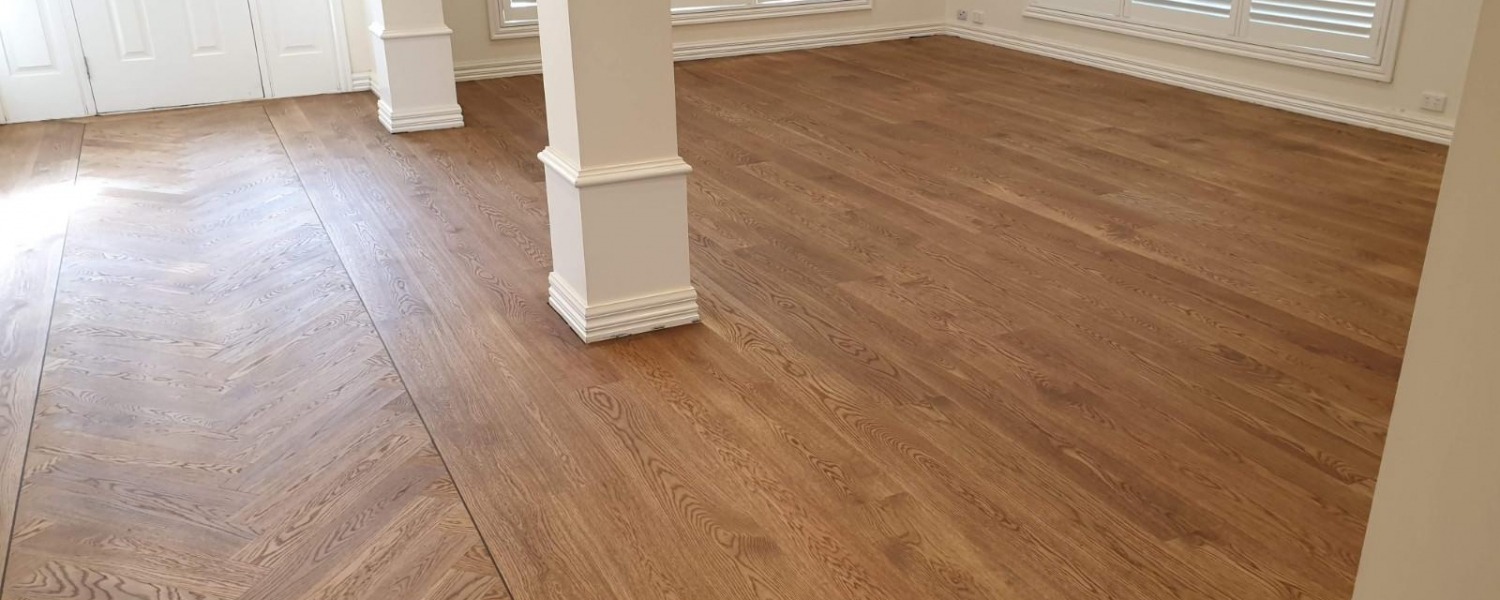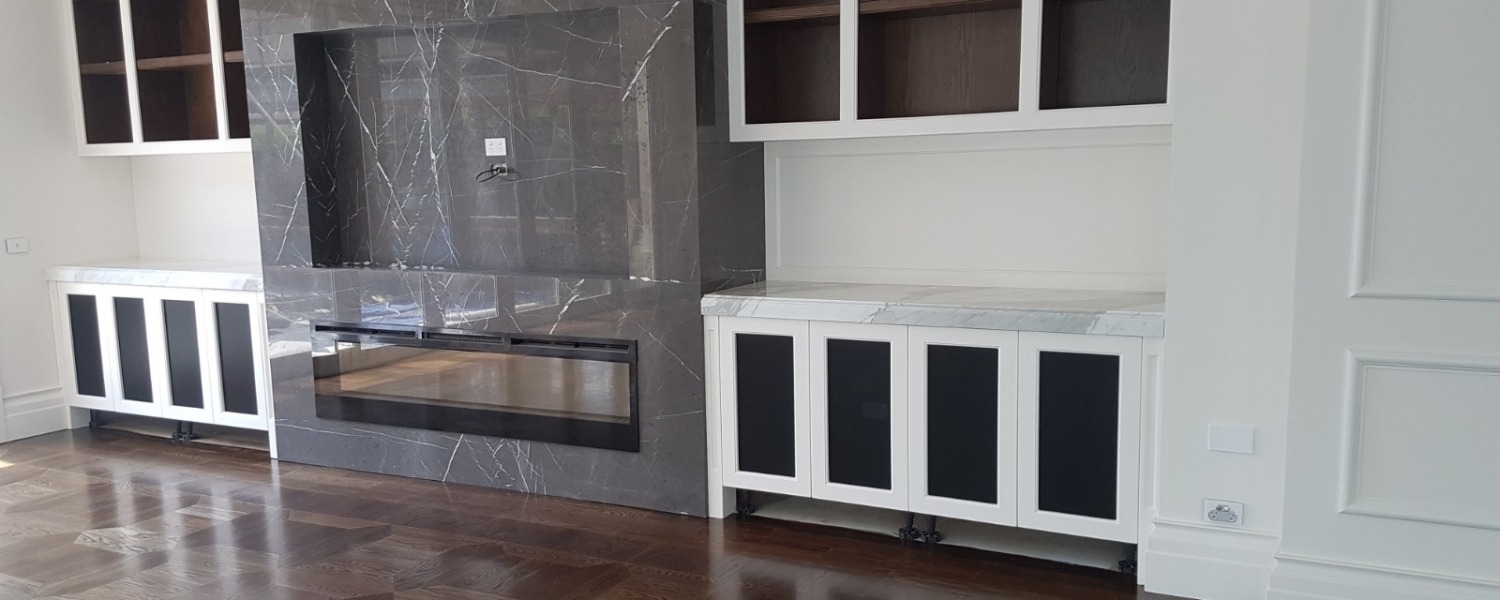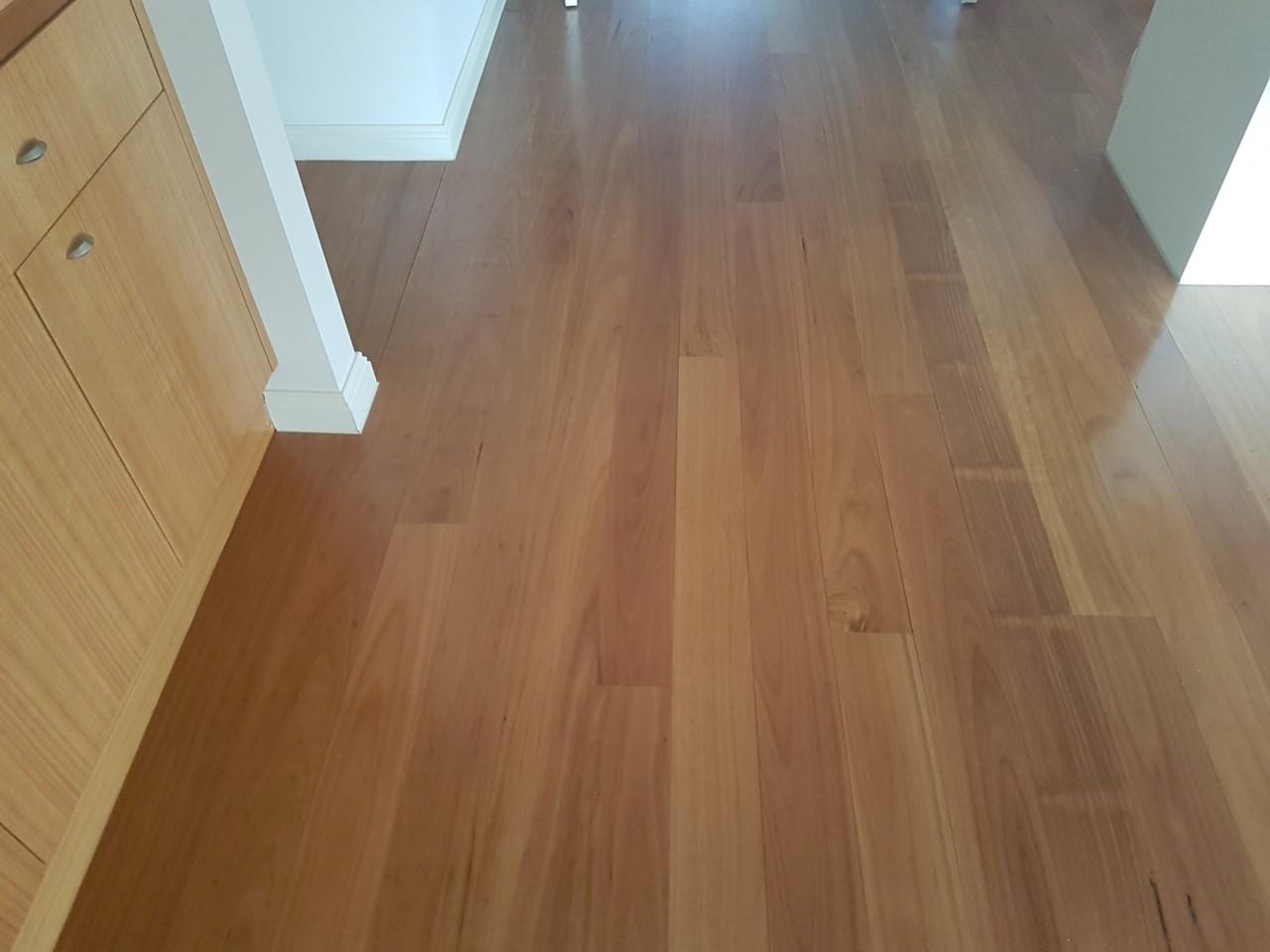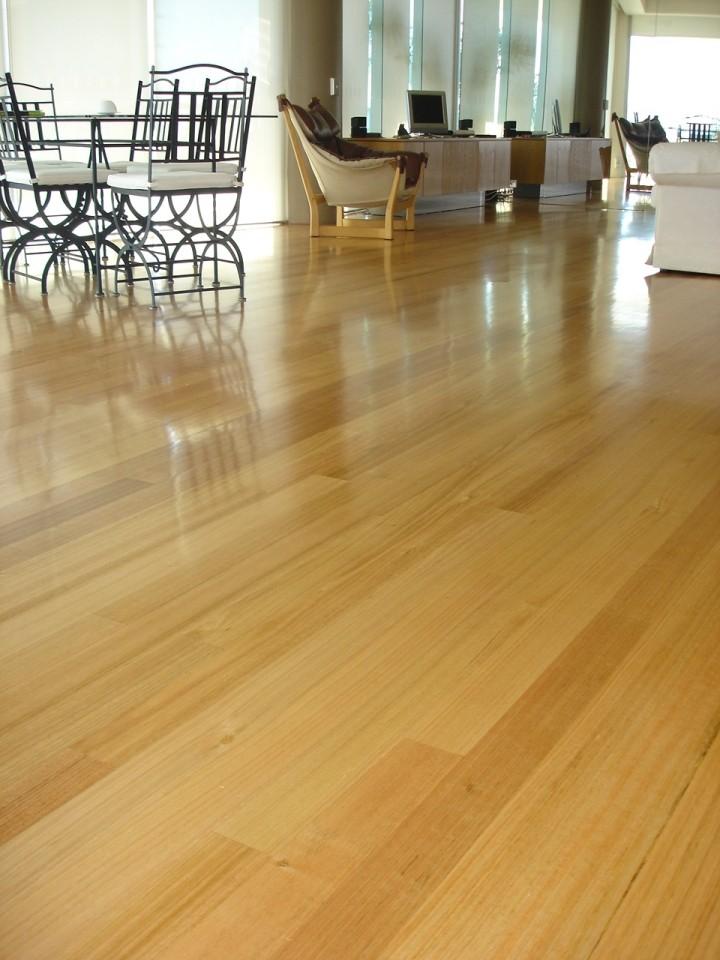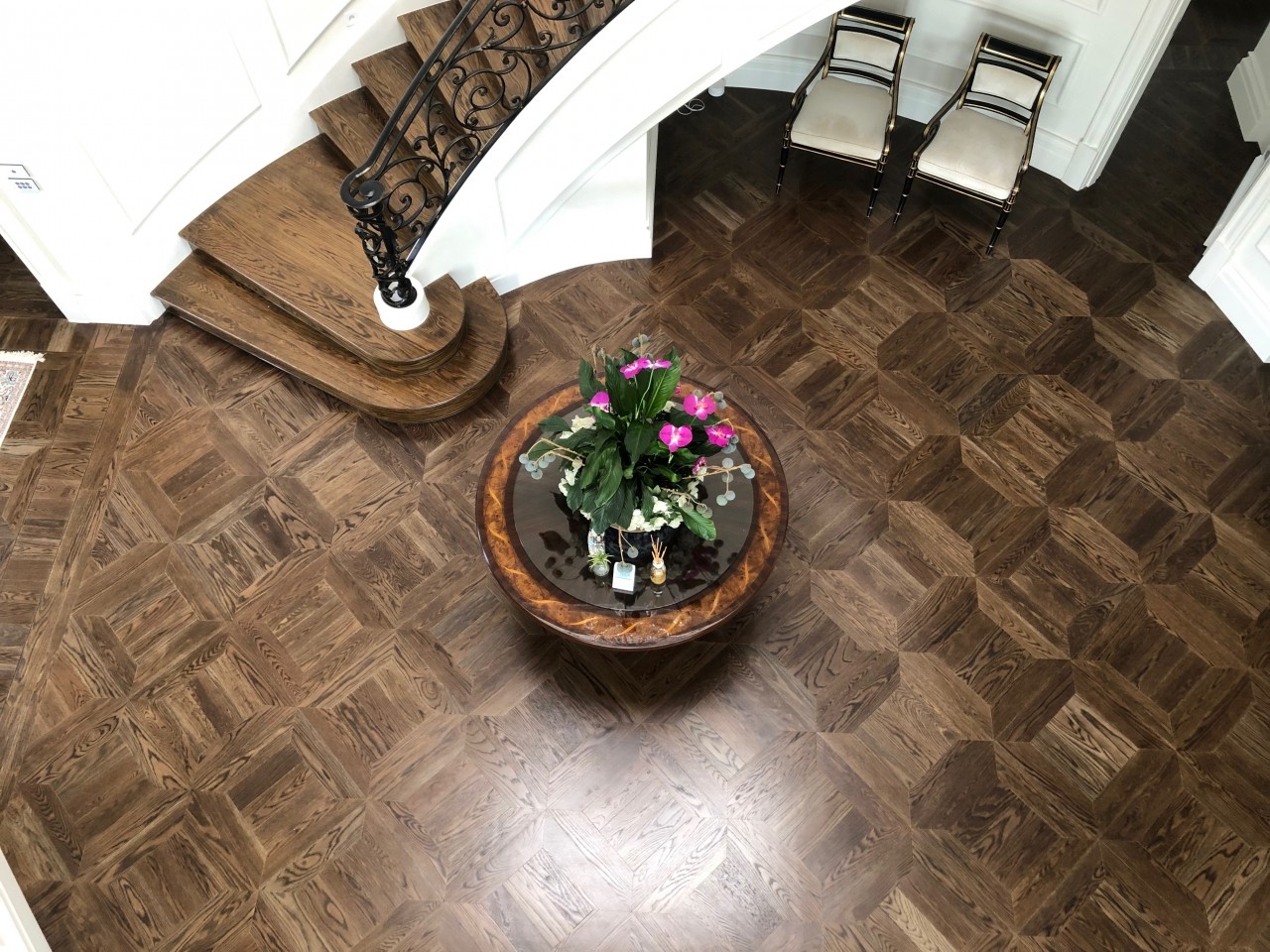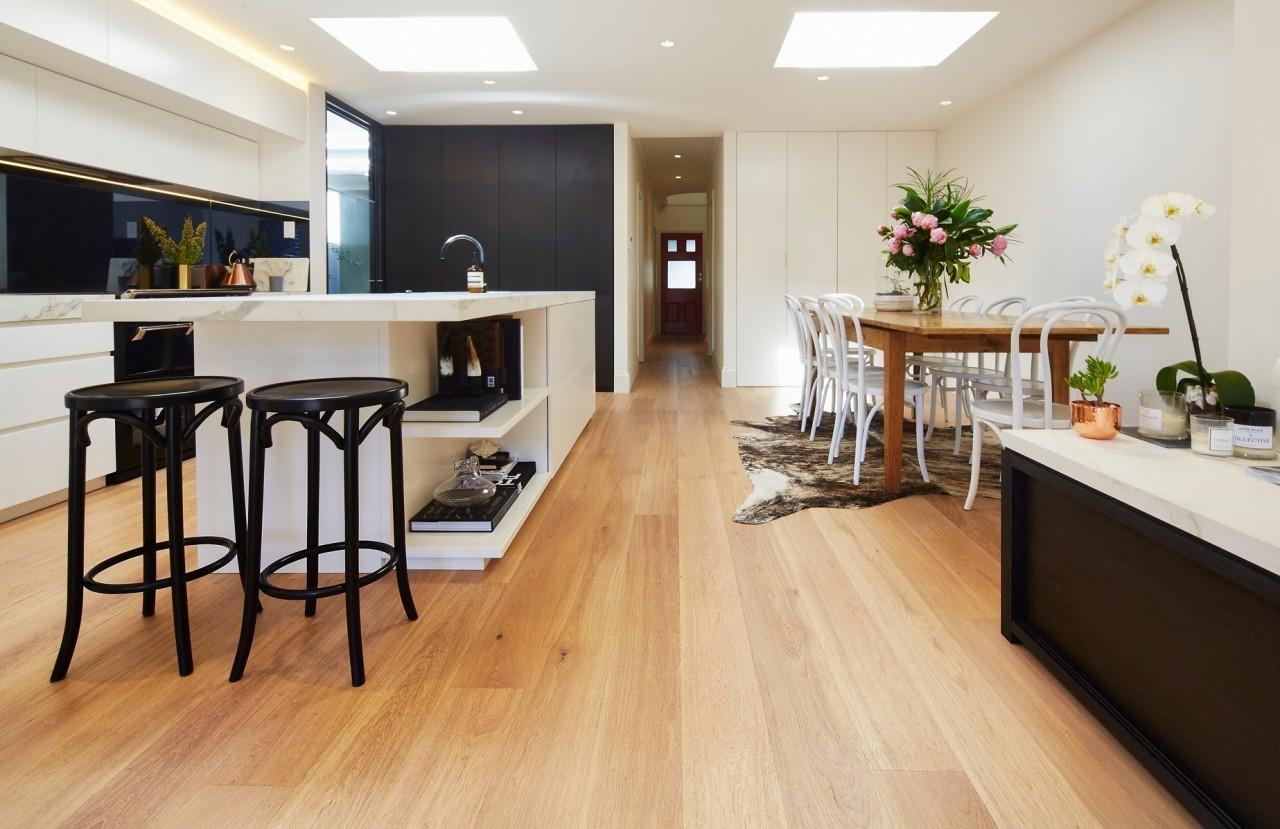- 03 9354 4717
- This email address is being protected from spambots. You need JavaScript enabled to view it.
- Mon - Fri 9:00:- 5:00 Sat 10:00 - 2:00
Blackbutt
Technical Information:
The common name Blackbutt came about due to the tree's appearance after bushfire, whereby the buttress - or butt - was significantly darkened. It is also known as Coastal Blackbutt to distinguish it from the tableland species, New England Blackbutt.
Due to its quick growth and versatility, Blackbutt makes a good plantation timber. It is a commonly available commercial hardwood species in New South Wales and southern Queensland, often used for building framework.
The heartwood ranges from golden yellow to pale brown, although occasionally a slight pinkish colour may be present. The sapwood, which is not always easy to distinguish, is much paler in appearance and is resistant to attack by lyctid borer. Blackbutt has an even texture and generally straight grain making it appealing for interior use applications.
Blackbutt can be stained, painted or polished but there can be issues with painting because of its tendency to surface check. The high extractives of mature wood can cause problems with some adhesives, but this is much less of an issue with young regrowth wood. These extractives can also cause staining on painted surfaces exposed to the weather. Blackbutt machines well but is only fair for steam bending.
Blackbutt provides good fire resistance and is one of seven hardwood timber species that was found to be suitable by the Building Commission in Victoria for home construction in bushfire areas (provided it has a thickness greater than 18mm).
A strong, durable hardwood, Blackbutt can be used for a range of structural, exterior and interior applications including framework, decking, flooring and poles.
| Botanical name: | Eucalyptus pilularis |
| Origin: | Blackbutt grows in the coastal forests of New South Wales from Bega on the south coast up to Maryborough in Queensland. |
| Trading names: | Sometimes referred to as Coastal Blackbutt to distinguish it from the tableland species group of New England Blackbutt. |
| Heartwood: | Pale brown, sometimes with a slight pinkish tinge. |
| Sapwood: | Distinctively paler. |
| Texture: | Medium and even. |
| Grain: | Usually straight. |
| Growth Rings | |
| General comments: | Blackbutt is one of the most common species of hardwood commercially available from the coastal forests of New South Wales. Care is needed in drying to inhibit its tendency to surface check on the tangential surface. Reconditioning is seldom advisable because of its effect in widening any surface checks.It is only fair for steam bending.It is a poor base for paint because of its tendency to surface check but stain finishes can be used satisfactorily.The high extractives content of mature wood can cause some gluing problems, especially with phenolic adhesives, but young regrowth wood appears to be much less affected. |
| Common Uses: | Poles, sleepers, flooring, building framework, cladding, lining boards, joinery, furniture, decking. The regrowth material has potential for structural plywood. |
| Average Hardness Rating - Dry Hardwood: | 10 |
Notes:
Density: 'Green Density' (GD) is the density of the wood at the time the living tree is felled. It varies considerably with the season, weather conditions, the age of the tree and so on; the quoted figure must therefore be accepted as a guideline only and when accurate green density figures are required for, say, assessment of transport costs, it is advisable to carry out accurate determinations on the materials involved.
'Dry Density' or 'Air Dry Density' (ADD) is the average density of the wood at 12 per cent moisture content. It too varies with conditions of growth, climate and maturity of wood.
There are published figures for both Green Density and Air Dry Density of most commercial species.
The figures given above have been rounded to the nearest 50.
Hardness rating: The hardness rating of a timber species is measured by the Janka Test. This is a standard test which measures the penetration into the timber of a common load and projectile. The results relate to a hardness capacity of the material and are expressed in kN. This information is useful where the timber may be subject to potential damage from impacts e.g. a dance floor. There are 2 sets of published figures; one for 'Green' or freshly felled timber and one for seasoned timber - i.e. timber with a moisture content of 12%.
The ratings given here are:
Soft - less than 5.5
Moderate - 5.5 to 7.0
Hard - 7.1 to 10.0
Very Hard - greater than 10.0.
Lyctid susceptible sapwood: Only the sapwood of some hardwoods is susceptible to lyctid borer attack. No softwoods are susceptible to attack.
Natural durability ratings: The natural durability rating of a timber species is a rating of the timber's resistance to attack by wood destroying fungi and wood destroying insects. The sapwood of all timber species has poor resistance and so the natural durability rating applies only to the heartwood of a timber species. The rating is based on the testing of stakes and poles embedded in the ground and on expert opinion of historical performance. There are 2 sets of ratings: one for above ground use and one for in-ground contact use. The lower the number the higher the performance in terms of durability. This information is useful for specifying material for external or exposed applications.
View More Pages
Monticello Parquetry by Masterfloors
by MasterFloors
Timber Flooring Gallery - By Masterfloors
by MasterFloors
French Oak
by MasterFloors

